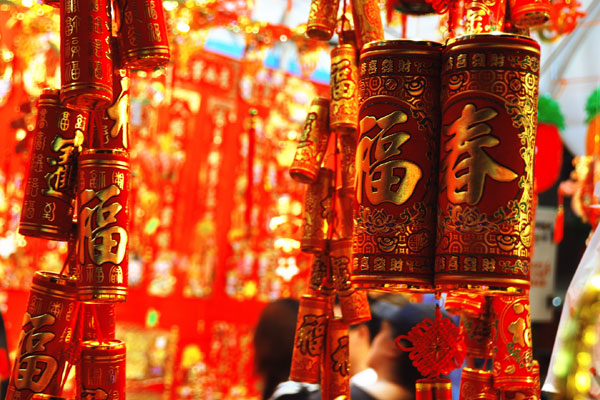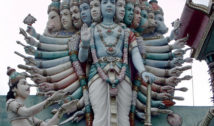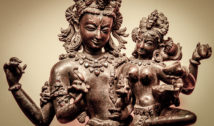
Chinese New Year Traditions of Buddhism and Taoism
- By Alison Lesley --
- 18 Feb 2015 --

How do Buddhists and Taoists celebrate Chinese New Year? The popular holiday has many traditions rooted in two of the major Chinese religions.
Billions of people celebrate Chinese New Year around the world. For many Buddhist, Confucian, and Taoist practitioners ringing in the new year, their religious traditions play an integral role in celebrating the holiday’s happiness. The Chinese New Year celebration often invokes Taoist deities like the Jade Emperor, and Tianguan.
Chinese New Year is a highlight of The Spring Festival which lasts 15 days, and begins this year on February 19, and will end on March 5. However, there is an extended Spring Festival that lasts about a month starting before the end of the old year. This holiday season is not unlike the western winter holiday season with celebrations like Thanksgiving, Hanukkah, Christmas, and New Year’s Day. The celebration’s date varies from year to year because it is based on the lunar calendar, but it usually falls somewhere between January 21 and February 20.
Chinese New Year is about wishing wealth, happiness, and success to those around you. The celebration often has people giving one another packets of cash and other gifts. The focus on genuine happiness is central to Buddhism. Buddhist teachings demonstrate that the best way to enjoy life is through making others happy, rather than focusing on personal desires.
Chinese New Year is a beautiful holiday, with food, games, and costumes. People dance, laugh and make merry together. Many wish each other “Jinyumangtang,” or “may wealth fill your hall,” among other sentiments. The holiday originally began as a time to honor one’s ancestors, as well as home and heavenly deities.
Every new year is given the name of an animal. This year is the year of the sheep. Those born in the year of the sheep, occasionally referred to as the goat or ram, will likely feel inspiration, which is connected deeply to the artistic sheep according to the Chinese legend. This is the 32nd year in the 60 year cycle called Yi Wei.


















